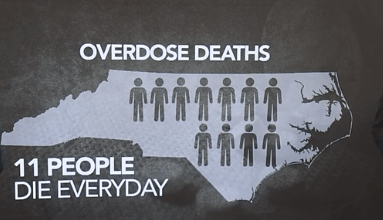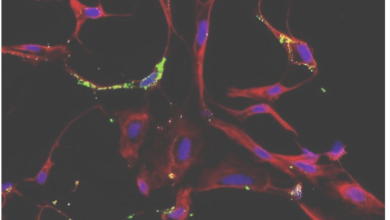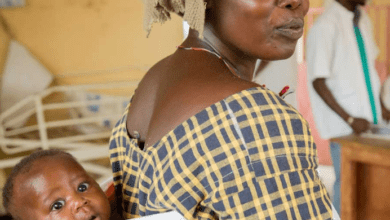Unveiling the Secrets: How Knowing Pathogen Infectious Doses Can Save You from Sickness!

To make us sick, a pathogen must overcome several obstacles. Initially, it needs to breach natural defenses like skin, mucus, cilia, and stomach acid to enter the body. Once inside, it must undergo reproduction, a process location-dependent for different pathogens. Viruses and certain pathogens replicate within cells, while bacteria and parasites can reproduce throughout the body. Simultaneously, the pathogen must withstand attacks from the immune system.
READ: Decoding Heart Failure: Exploring the 4 Types and Their Telltale Signs
Pathogen
Despite constant exposure to microbes, the majority don’t penetrate our defenses. In fact, a minimal dose might even enhance our immune system’s response. Sickness occurs when pathogens successfully breach defenses and multiply, often becoming a numbers game—more invaders increase the likelihood of illness.
The number of microbes needed to cause illness, termed the “infectious dose,” varies among pathogens. For instance, norovirus, notorious for spreading easily, has a remarkably low infectious dose of just 18 viruses, making transmission highly efficient.
The concept of “viral load” differs from infectious dose, measuring the active replication of organisms within the host. Researchers determine infectious doses through methods like human challenge studies (limited due to ethical concerns), animal testing, and observational studies.
Infections via different routes impact infectious doses; bloodstream entry requires fewer microbes than mouth or lung entry. The infectious dose also varies based on how pathogens operate, with direct cell contact often requiring lower doses.
Understanding infectious doses aids in managing illnesses. The infectious dose for the virus causing COVID-19 is estimated through animal models and observational studies, suggesting a relatively low infectious dose compared to similar respiratory viruses.
Upon encountering a pathogen again, host defenses activated by prior illness or vaccination increase the infectious dose required for infection. This knowledge helps mitigate illness by reducing exposure through pathogen concentration and contact time. Protective measures like social distancing, mask usage, ventilation, and vaccination play crucial roles in minimizing infection risk. The “Swiss cheese” model, combining multiple layers of protection, proves effective in reducing the transmission of various pathogens. Despite the complexity of transmission dynamics, these simple interventions significantly contribute to our protection against infections.






